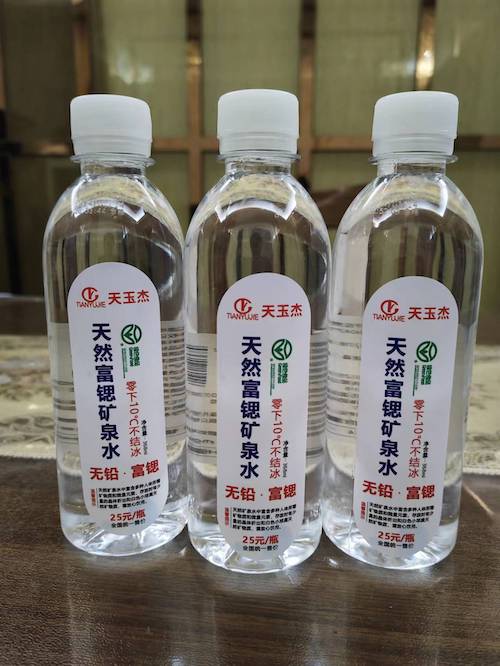In China, in the past, the utilization of mineral resources was mainly through the establishment of mineral sanatoriums. There are about 300 institutions nationwide, which are under the leadership and management of three systems: health, trade unions, and the military. In recent years, with the development of rehabilitation medicine and tourism entertainment industry in China, mineral resources have shifted from industry management to providing social services to the general public, and their functions have also shifted

from single recuperation to healthcare and tourism industries With the development of China's economy and the continuous improvement of people's living standards, people have begun to pursue higher quality of life and health, paying attention to the special health preserving effects and tourism value of mineral springs on the human body. The developer discovered that this steaming mineral water has a huge and vast market, giving the mineral water a new positioning: it integrates multiple functions such as vacation, sightseeing, and health preservation. Since the mid-1990s, a large-scale development and utilization of medical mineral springs has begun. The mineral tourism industry, which integrates leisure, entertainment, and rehabilitation based on hot springs, as well as hot spring themed (production) real estate projects, have rapidly developed in major cities such as Beijing and Tianjin, as well as along the coast of Haiti. Guangdong, Fujian,

Shandong, Liaoning, Chongqing and other regions have timely proposed the new concept of "hot spring economy", which means using hot spring development to drive consumption of health tourism, thereby driving the overall follow-up of other related industries, bringing huge business opportunities and socio-economic benefits. Some places see the enormous development potential of mineral resources and treat mineral tourism as a relatively independent industry for development. This not only promotes consumption of health tourism, but also drives the development of industries such as construction, catering, services, entertainment, transportation, and other tourism projects, directly stimulating local economic growth and bringing huge business opportunities.









